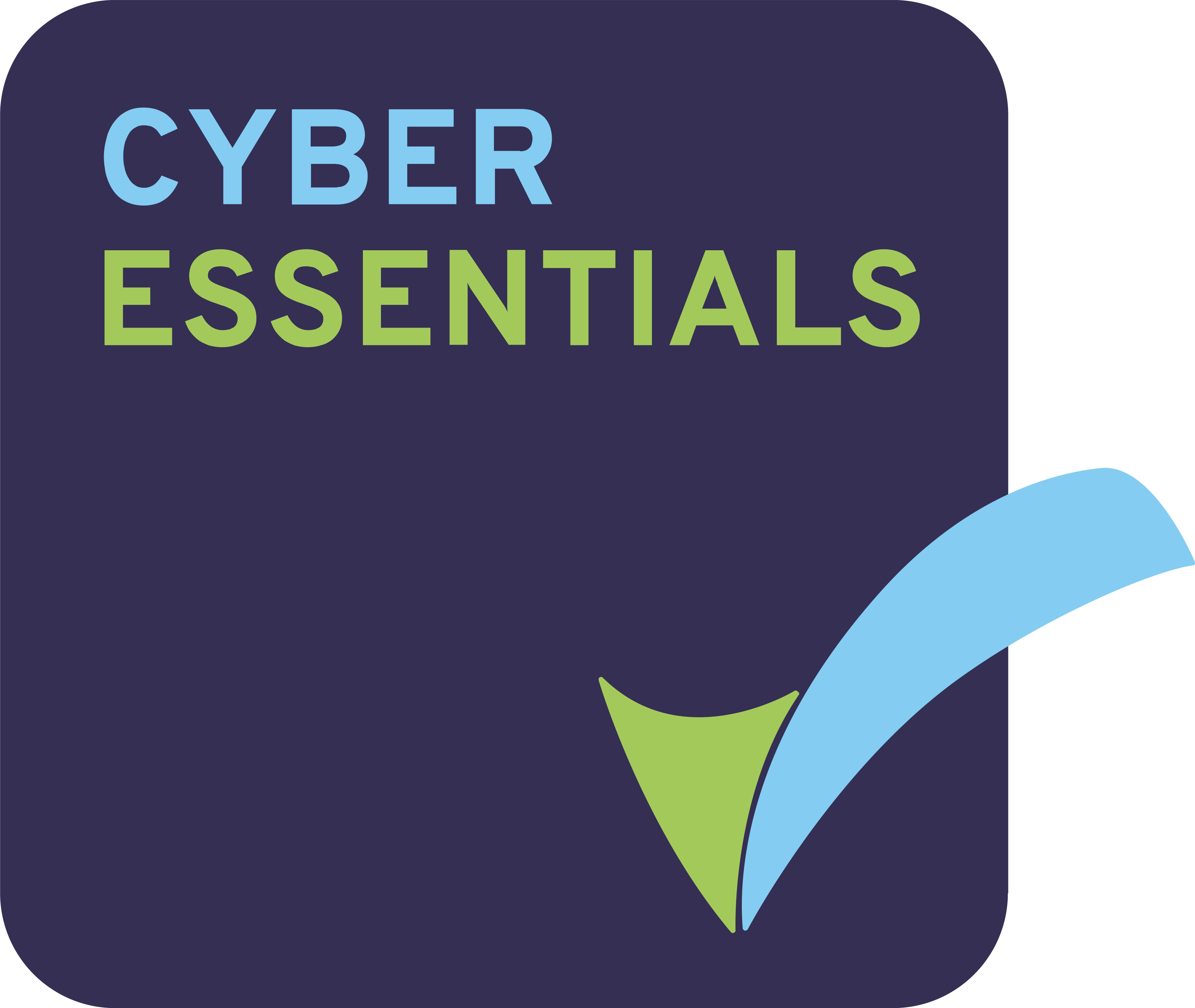What do they stats say?
Let’s start with some statistics first. Through some studies conducted in organisations with inefficient and outdated access request process, we gathered some interesting insights:
- The average employee loses about 1-2 hours every month of their office hours waiting to get access to a new system or to get the desired level of access
- That’s almost 3 working days lost per year per employee
- For a small-medium enterprise with 3000 employees having an average salary of £30,000, that’s £750,000 in productivity lost per year.
How else do you become more cost efficient?
Further, the fines slapped for failing an audit or not meeting regulatory requirements due to incorrect access request processes can be huge in addition to the repetitional loss which comes with the bad press. We have not even started talking about automating the manual access request processes which could result in further cost savings but that’s a topic for another day.
Other market studies, focused on password resets, also has some interesting takeaways:
- 20-50% of helpdesk calls are password related
- According to Forrester, employees forget 3-5 passwords a year (This number is on the conservative side)
- With an average cost of £20 per help-desk call and an employee workforce of 3000, that’s around 12,000 password resets every year
- The annual cost for password resets comes up to around £240,000.
Use self-service in times of growth
With the advent of new technologies, user devices, and applications have exploded, and organisations are transforming themselves to deal with the massive digital economy. Modern businesses have greatly expanded both the workforce and the number of applications which the IT department has to support and manage. With the addition of security and compliance mandates, managing access to these applications is becoming ever so challenging with an understaffed IT team. Furthermore, forgotten passwords or forced password resets can dramatically affect productivity across the organisation; users can’t access what they need, and the IT support staff must stop what they are doing to remediate the situation. Fortunately, we can address these issues with a well-defined self-service requests process using an IAM solution to empower employees to be smarter and more productive and help organisations save costs.
Self-Service Access Requests
Imagine a situation where the marketing team have just acquired a new CRM solution for enhanced product management and users must get access to this new tool quickly and correctly. Perhaps the sales team has moved to the marketing team and need access to new applications for a product sales campaign. Or maybe your organisation has hired a bunch of contractors with expensive daily rates who need access to systems based on their job profiles.
These types of unplanned requests can put an incredible strain on IT departments, contributing to the productivity loss while the employees wait for access to be granted causing frustration and delays. In turn, frustrated users are more likely to work around IT and break security policies. These employees (presumably) aren’t trying to intentionally put the business at risk; employees are simply trying to get their jobs done as quickly and painlessly as possible. However, uncontrolled access to corporate resources can threaten the integrity of the business, as well as violate compliance regulations. This risk potentially negates any benefit of having a security policy in place.
With a well-defined self-service access request implementation in place, organisations can:
- Meet Business Needs and Simplify User Experience through an extensive access catalogue with appropriate naming conventions for the various levels of access across the applications estate.
- Limit Over-Provisioning by putting the responsibility of access enforcement with those most familiar with the applications – the individual departments, applications or system owners.
- Take Control of Shadow IT by encouraging good user behaviour and convenient for users to stay within the boundaries of organisational policies.
Self-Service Password Management
The number of applications business users have access to is staggering and it can be extremely overwhelming to remember all the passwords to these applications. This means a greater reliance on the helpdesk when users forget or have to reset passwords. What if you forgot your Gmail account password and Google never implemented self-service password resets? Luckily, password management doesn’t have to be this complicated.
We can eliminate a significant amount of IT help-desk costs and improve productivity by allowing users to manage their password resets at anytime from anywhere in the world. With effective self-service password management in place, organisations can:
- Keep Users Connected and Productive through a simple and secure process for managing passwords from ay device on any network
- Save Operational Costs by reducing the calls to the helpdesk
- Enhance Security with Strong Password Policies through a central policy across all applications
- Eliminate IT Burden by giving your IT staff time to focus on higher-value initiatives.
If you would like to know more about self-service requests and how it can enable your organisation to increase productivity and decrease operational costs, please get in touch with our identity and access solution experts.

 Australia
Australia Canada
Canada LATAM
LATAM New Zealand
New Zealand UAE
UAE United States
United States








